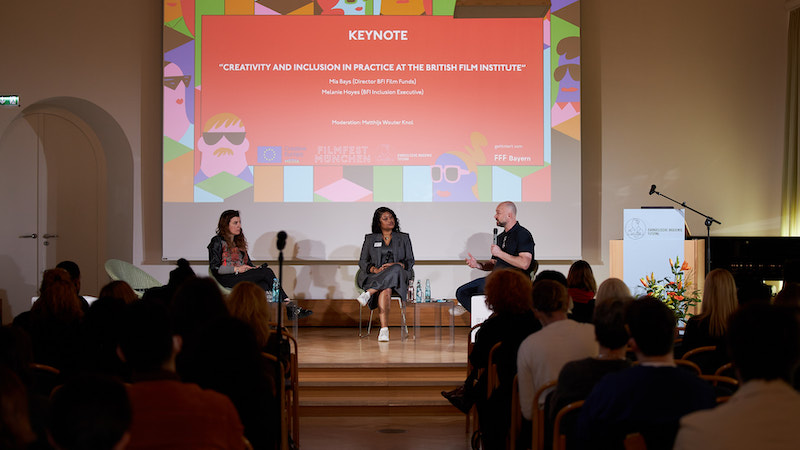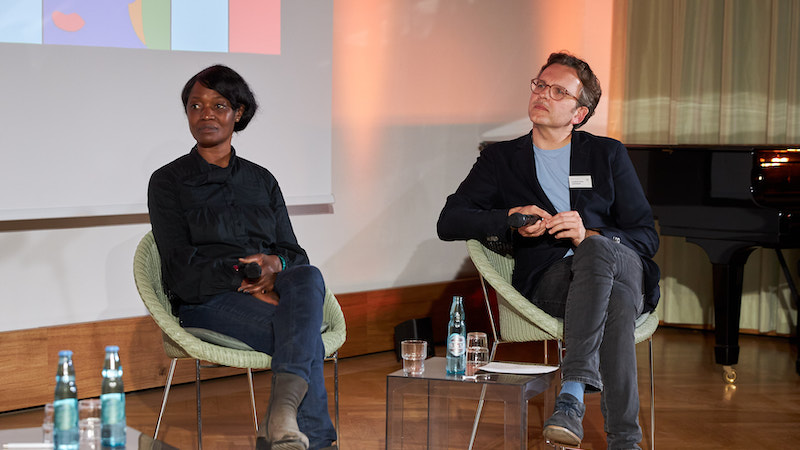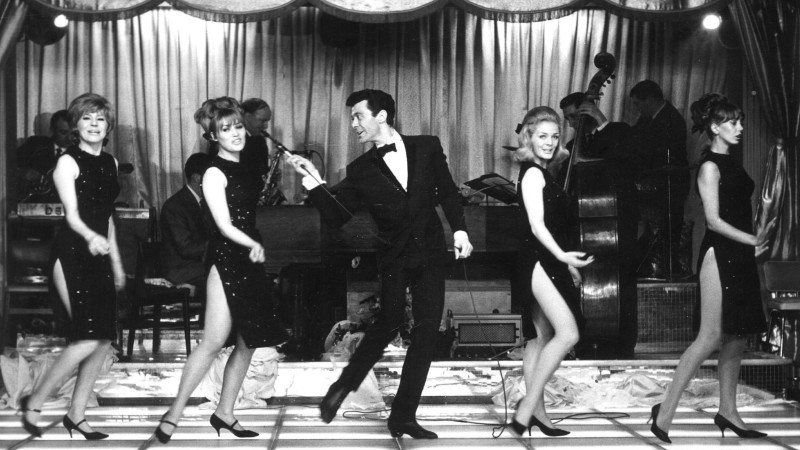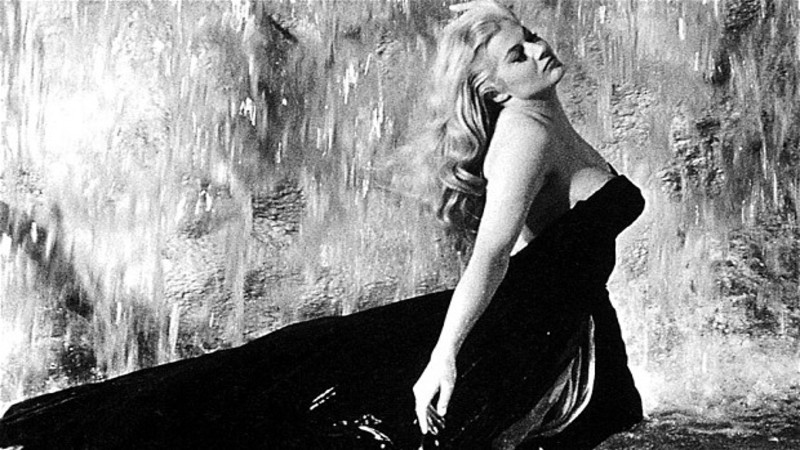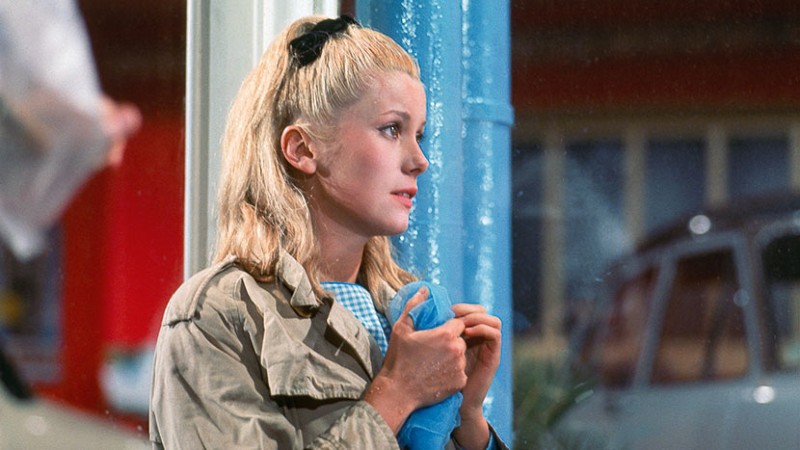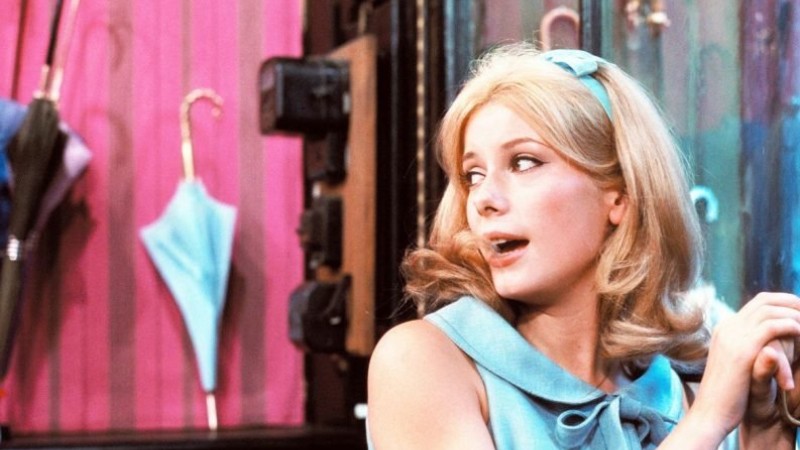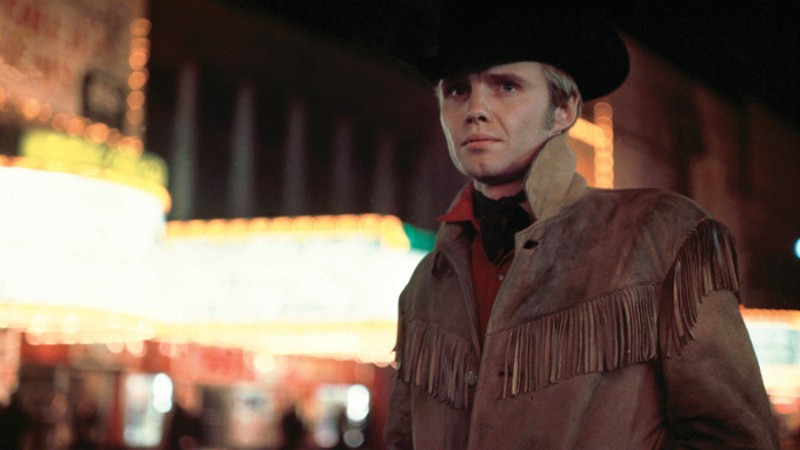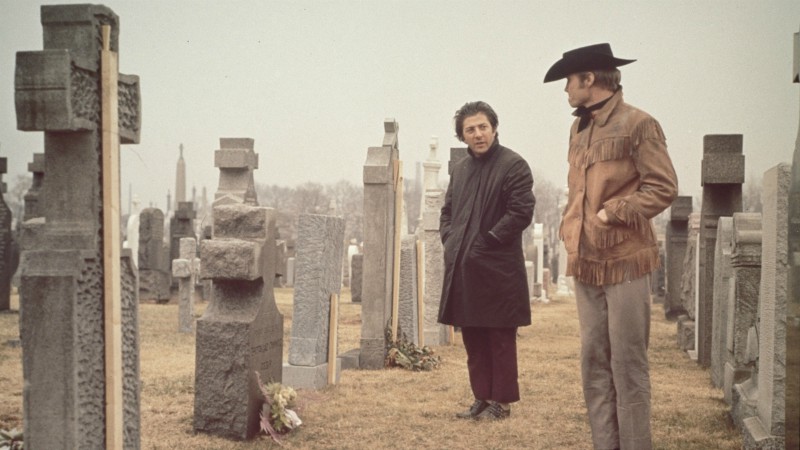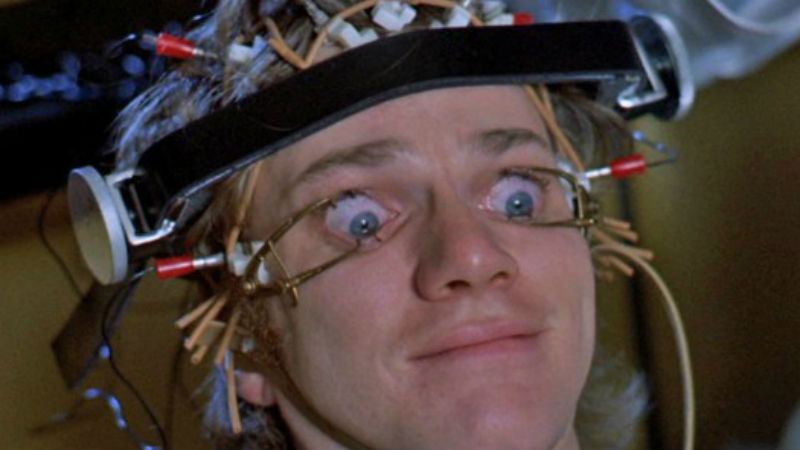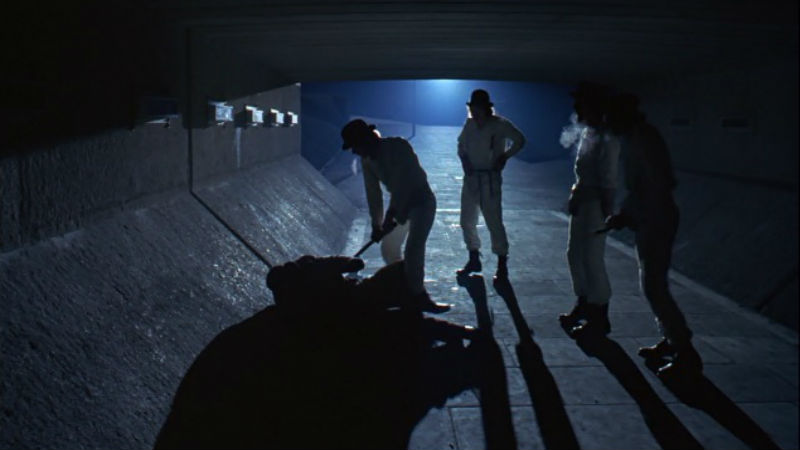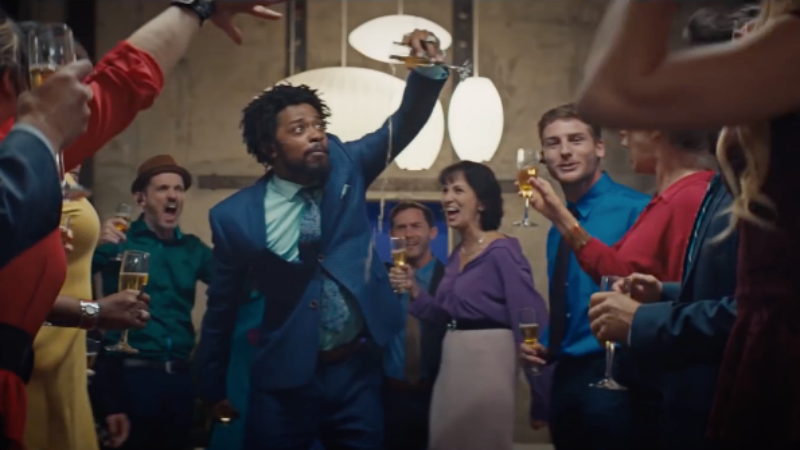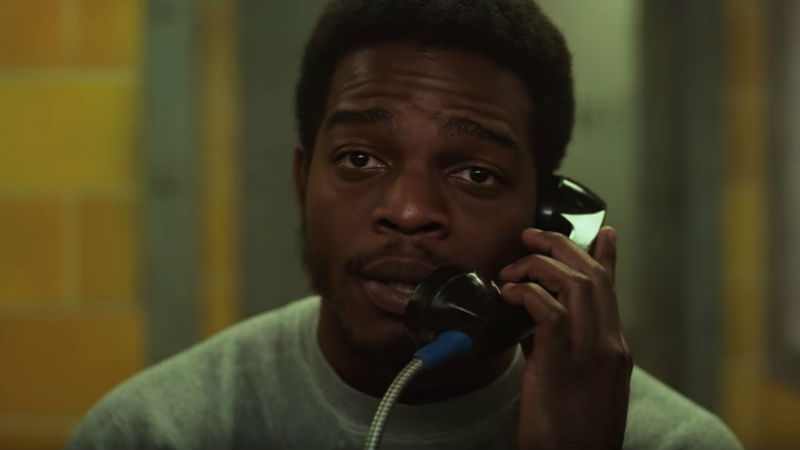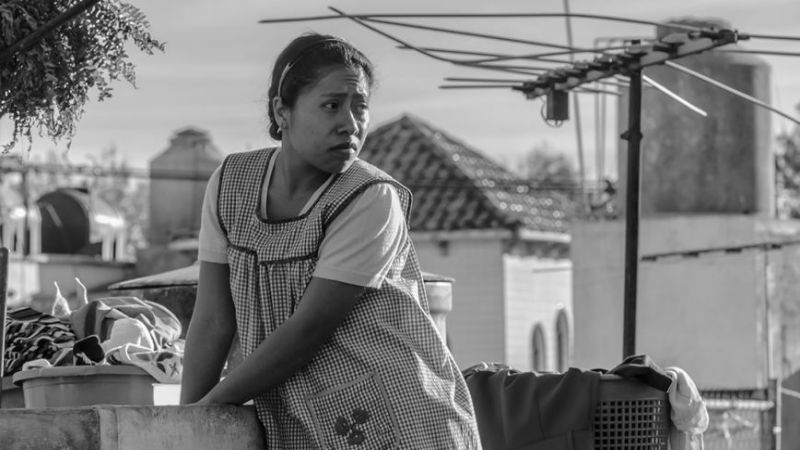Photo above by Jeff Spicer/Getty Images for BFI
The British capital gets a special makeover for 12 days, between October 4th and 15th. The BFI London Film Festival (LFF) takes place at the some of the most exciting movie theatres across the city (the Curzon Soho, Curzon Mayfair, the Vue West End, the Prince Charles Cinema, the ICA, etc), as well as nine partner venues across the country. The galas and special presentations and and most of the Official Competition screenings are held at the BFI Southbank and the adjacent Southbank Centre’s Royal Festival Hall.
The event showcases an impressive selection of feature films, short films, series and immersive works from 92 countries. This includes 99 works authored by female and non-binary filmmakers, representing 39% of the programme. In total; 79 languages are to be heard in these movies.
We spoke to Kathy Matheson, the Festival’s new Director and Curator, who just took over from Tricia Tuttle. Kristy was previously the Creative Director of the Edinburgh International Film Festival, and also Director of Film at Australia’s national museum of screen culture ACMI.
…
.
Victor Fraga – What are the biggest challenges in running a festival of the size and the calibre of the BFI London Film Festival?
Kathy Matheson – We’re looking to put together a programme that reflects the city in which we are. Having a very laser focus on UK talent. But also looking at the whole breadth of global cinema. The city we’re in has a hugely diverse community.
VF – Okay. And for you personally as an individual, what’s the most challenging and exciting elements of the job?
KM – The most exciting thing is that you start the year, you start the programming process and you have no idea what lies in front of you. You have no idea what what might steal your heart, what films that will really grab your attention. So that’s very exciting. And I think the most challenging part of the job is thinking about the programme as a whole. How you get a programme in which films speak to each other so it doesn’t feel like lots of disparate pieces. So that overall there’s a cohesiveness and a narrative that runs through the programming.
VF – Could you please us a little bit more about the curatorial process?
KM – We don’t have doing open calls and the films across the world. And that’s really about us. We’re selecting from other festivals, we’re also reaching out and to individuals, we’re reaching out to individual sales companies, we’re reaching out to national film bodies. We’re doing outreach work for international features. For our short films, we’re doing that, but we’re also taking those open submissions. Okay. So is it.
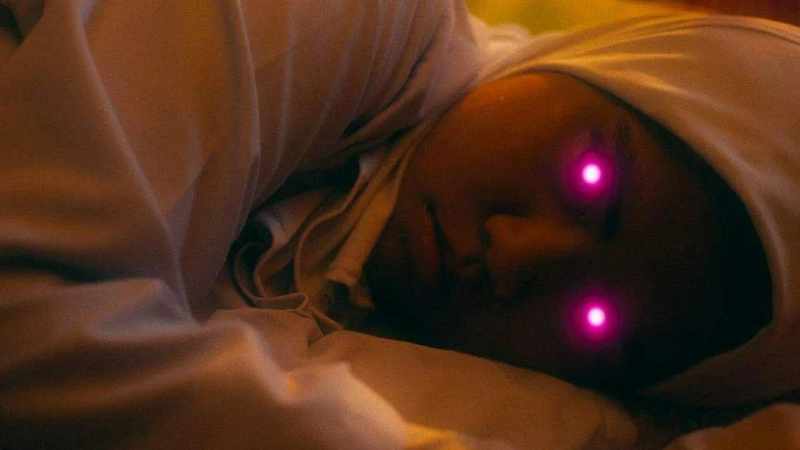
VF – How large is your programming team?
KM – I work with four of the programmers and we’re working solely on the film programme. And then we have a number of advisors who we work with. That’s a mixture of people in different parts of the world or people with different film specialities. This means that we have a small core team and then we have a sort of a larger group of colleagues that that we work with. Is that something that you’ll have to be aware of?
VF – Would you ever consider doing an open call for international films? Would you ever consider applying for Fiapf a-list accreditation, or has that been considered in the past?
KM – It’s something that the programming team and I have had specific conversations about. This is an organisation that obviously has an enormous history lobbying for the sector. But really primarily for us, we’re an audience-facing festival. It’s about being able to present a programme to audiences in London. And also on tour. Londoners are our prime motivator when we are selecting our films.
VF – You have four competitive strands: Official Competition, First Feature Competition, Documentary and Shorts. Let’s please talk about your First Feature Competition. What is it your team looks for when watching these films? Is it audacity, innovation, or perhaps you’re seeking young talent? Or something else?
KM – What’s exciting about first features as an audience member is that you’re presented with something completely new. You’ve never met this cinematic voice before. When we put together the First Feature Competition, we want to give audiences a really great snapshot of the grit of first feature. You have films such as In Camera (Naqqash Khalid). That’s a bold and audacious film. Stylistically, it’s very ambitious. Very complex, internal and deep. That’s very different to a film like Tiger Stripes [Amanda Nell Eu; pictured above], which is audacious in the way it tells a story of a young woman going through puberty in Malaysia. It plays with genre and new forms of storytelling. Then there are films like Penal Cordillera [aka Prison in the Andes, by Felipe Carmona] from Chile is an incredibly classically made film. The way it’s shot the the the acting, the scripting. You would watch those three films, and if no one told you there were first features, you certainly wouldn’t think “oh, this is a filmmaker who’s learning how to make films”. The one thing that really knits all the the Sutherland films together is that the films are incredibly fully formed. The world that these filmmakers are creating feels very assured.
VF – Let’s please talk about the Official Competition now. All of these films have been shown in other festivals, many of them have won prestigious awards. What is it that the BFI London Film can offer to these filmmakers? Why should they show their films here?
KM – What makes LFF a really compelling proposition for filmmakers and ad those who are looking after films is the fact that these films are being met by an audience who have who are paying their own money to come and see that films. They are making choices about what they want to see. What is really great is that with all the films in Official Competition is that you have filmmaker who are very known to British audiences. Films like Evil Does Not Exist [Ryusuke Hamaguchi; pictured below] are a great example of a filmmaker very popular with cinema-going audiences here in the UK. Wwhat we what we can offer, which is a unique perspective, is that filmmakers and film distributors can see their film in action in a real cinema setting with a real paying audience. They can thus get a sense of the possibilities for that film going into release and its onward journey. So it’s a very unique proposition for film.
VF – Let’s talk about something which is very British documentary. We are in the country of documentary. The Award is named after John Grierson, isn’t it? And you’ve got fierce competition, with the Sheffield Doc Fest in June being one of the most important documentary festivals in the world. How is it that you distinguish yourself not just from Sheffield, but also from other such events?
KM – This year we have for the we have included non-fiction filmmaking into the Official Competition. It’s been really liberating for us being able to signpost some non-fiction filmmakers within the Official Competition. So with the Documentary Competition we moved to align it a little more closely with the Sutherlands.We have really centred this year on first- and second-time filmmakers, a with very similar curatorial approach to how we look at the Sutherland. You have films in there such as A Common Sequence [Mary Helena Clark, Mike Gibisser], which premiered in January in Sundance, a formally interesting movie. And then we have films like Celluloid Underground [Ehsan Khoshbakht], which is a brand new film. It looks at Iranian cinema, but was by a filmmaker based here in the UK. Chasing Chasing Amy [Sav Rodgers] is a brand new documentary as well. Oh, and there’s also The Taste of Mango [Chloe Abrahams], also by a debt British filmmaker. None of these films are formally the same
VF – So where is documentary filmmaking right now? Twenty years ago, we there was a so-called golden age of documentary. Is this a good time for documentary right now?
KM – It’s always a good time for documentaries! I think that non-fiction filmmakers continue to excite audiences because they are taking something real and interpreting it through their own lens.that. The Taste of Mango is an incredibly personal documentary. It’s a film about culture, assimilation, trauma. Things that bins us together. Between daughter, mother and grandmother. And it’s a film about the the murkiness that lives inside of families, and the many secrets to be revealed. She [Chloe] is telling an enormous story, in a way that’s universal and we all can relate to, yet in incredibly personal way.
VF – Are you telling me that film is a weapon for personal liberation?
KM – I think it can be for some filmmakers. It’s not for all filmmakers. I think the filmmaker [Chloe, the director of The Taste of Mango] is doing something beautiful. some filmmakers are using the medium of film to not only understand themselves better, but also those very close to them. You know, so it’s it’s almost like the film is a is a way of them getting to know themselves and, you know, and other members of their family much better.
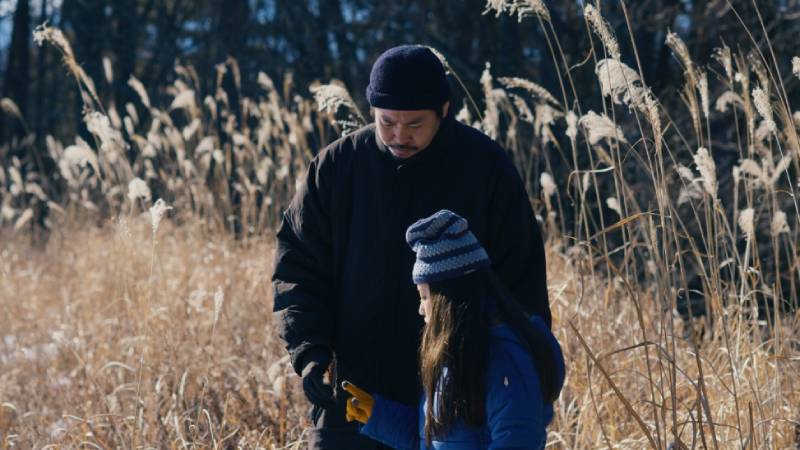
VF – Let’s talk about women. There has been a string or prominent at the helm of the BFI: yourself, Tricia Tuttle, and other. I think three out of your four jury presidents are women. Please correct me if I’m wrong. Is this intentional? And do you have a quota for female directors?
KM – No, we don’t have a formal quota system. When we’re viewing films, we are trying to see the work at its face value. Very naturally there are a lot of female directors in this programme, and that’s very heartening. For some time we have tried to push female filmmakers into telling what we consider female stories.
VF – What is a female story?
KM – Domestic dramas, romcoms. You know, things that pertain solely to women. That’s really wonderful with our opening night film, Saltburn, by Emerald Fennell. The film looks at the world through an entirely male gaze. The eyes of your main character are male. If you didn’t know who made that film, you might not necessarily realise this is a female director telling a female story. We are endlessly impressed at the diversity of the types of stories that female directors are telling.
VF – THe BFI LFF is no longer a hybrid festival. Do you think that hybrid – now that the pandemic is over – are a thing of the past?
KM – I don’t think it’s a thing of the past. Some festivals have learnt a completely new way to engage audiences. The reality is: that’s running two festivals side by side, and that can be very challenging. But it has also given many festivals a new business model. We’re not running this edition of the Festival online.
VF – You don’t think that’s the future, either?
KM – For us, with BFI Player, we sort of have an online film festival 365 days a year, 24 hours a day.
VF – But you’re not going to get all the films from left on BFI player?
KM – No, obviously we won’t. obviously. It’s part of a suite of what the BFI offers. I think it’s neither a thing of the past nor a thing of the future. We do the best we can in order to meet the audience where they are.
VF – What’s your message to nascent and established filmmakers alike who want to take part in the BFI LFF in 2024 and beyond?
KM – We would love to see your film. Once once this festival is over and and November rolls around, the slate is wiped clean, and we’re excited to to see what is waiting for us for 2024. I mean that’s the very exciting part about doing this job is, you know, you get to the end of the festival and then, you have a little sleep and then you wake up and you’re like “right, what’s what’s to see next?”.









